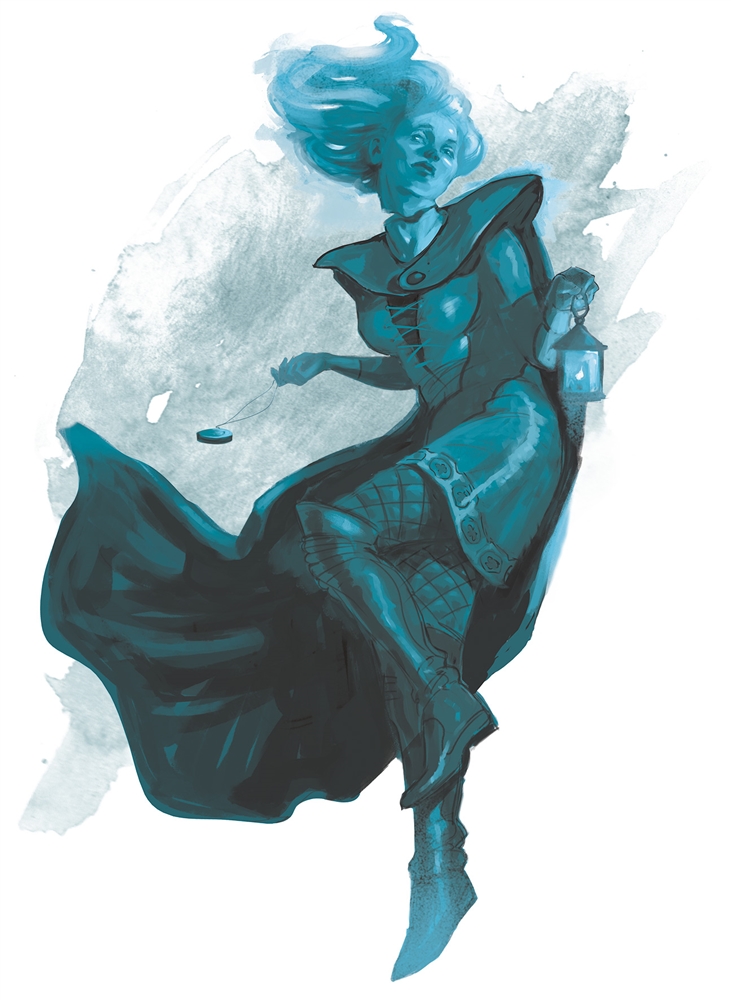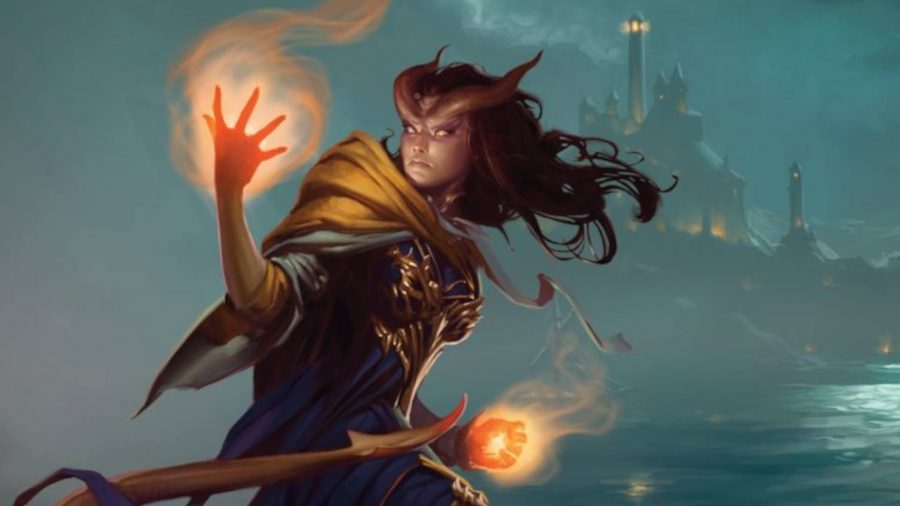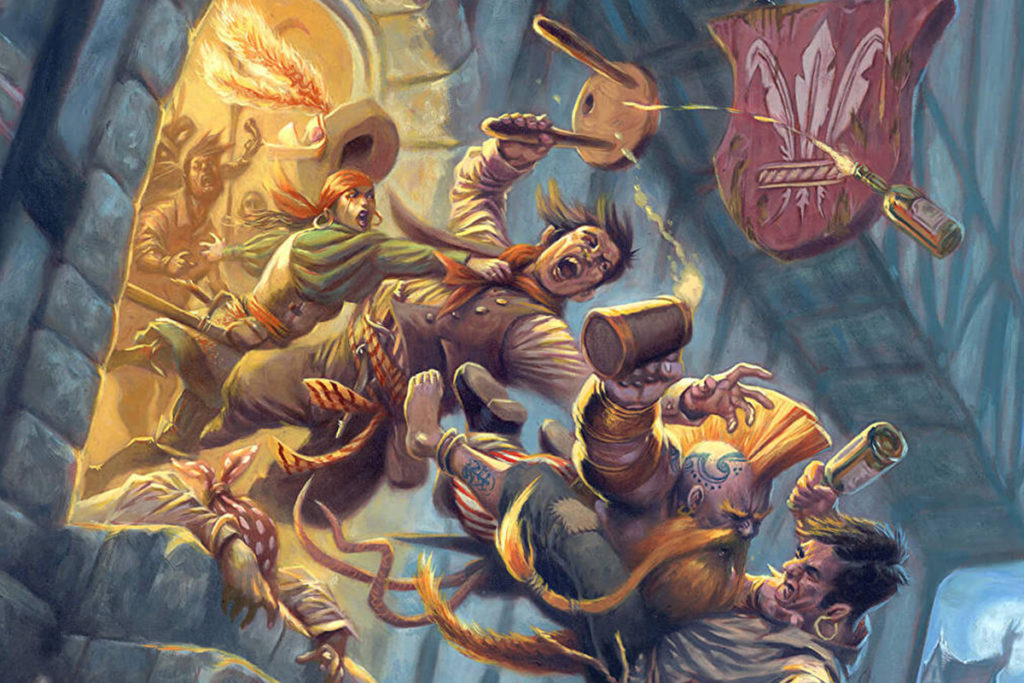
We’ve all heard of ghosts, whether or not we believe in them. They come in many shapes and forms, but in D&D, they do serve a role. One of their key traits, Possession, will be the subject of discussion today. And not just ghostly possession either; we will also be discussing being possessed by a demon.
What is this backstory concept about?
This backstory focuses on the idea of a character who was at the wrong place at the wrong time after an encounter with a ghost/demon, and now they are trying to prevent it from possessing them completely. For the time during the campaign, this could manifest through a simple change in personality and/or appearance. As the ghost/demon within gets more powerful, however, it will be harder for the player to regain control when the ghost takes control. An entire story arc could resolve around them trying to figure out the identity of their would-be possessor, and trying to find a way to either kill it, thus freeing themselves from it, or grant it peace.
Why this backstory is great for players
This backstory could work for those players who want to play a character with the Haunted One background, or play as a Fiend Warlock. It helps establish a clear threat and stakes for the party, and also can give a player good motivation for staying together with the rest of the party, as the spirit might have ties with other members of the campaign
Example backstory: Grok, half-orc Ancestral Guardian barbarian
Grok never knew much of his childhood before the dreaded encounter with the ghost. As an adult, he was walking down a street when he encountered the spirit, seeminingly running from something. The spirit jumped into his body, almost like for protection. Now, whenever he gets angry, the spirit takes over, and protects him and his friends. Grok now wanders the land, trying to figure out the truth behind the spirits identity.



